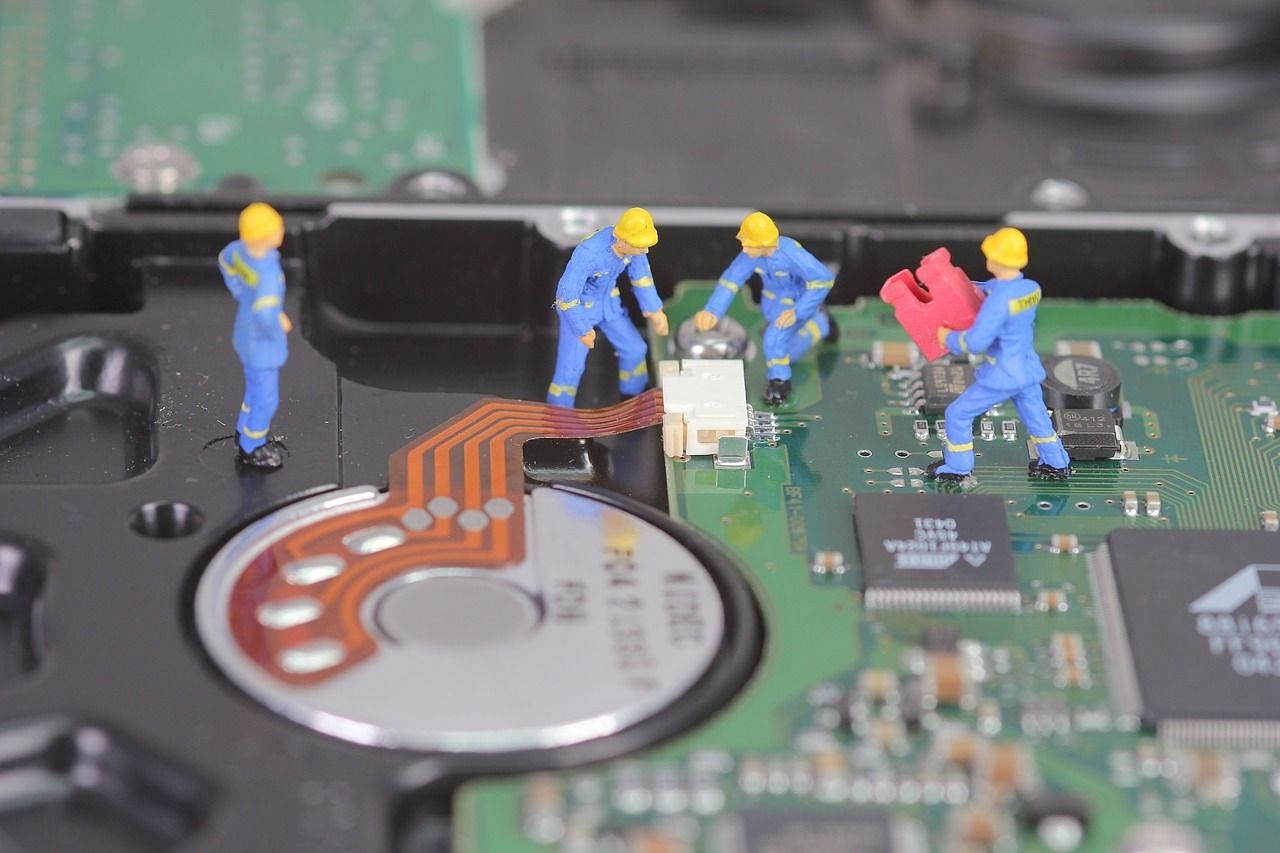Ideas
Ventilators Or Arms Tech, Self-Reliance Is A Journey, Not A Destination
- Atmanirbharta is a journey, not a destination.
- The solution to building domestic competence lies in greater engagement between the user and developer.

Occasional quantum leaps in technology is key to developing top class product.
The case of the domestically-produced ventilators for Covid-19 patients with respiratory problems underlines the key problems India will face as it moves to indigenise military, medical and other technology-driven products under the rubrik of Atmanirbhar Bharat.
Two weeks ago, a news report said that Mumbai hospitals were returning 81 ventilators made locally due to “non-performance”. The ventilators were made by the AgVa-Maruti consortium, where AgVa designed the product, and Maruti gave it technical and other support in procuring some parts through its own vendors.
CNBC-TV18 quoted the AgVa founder Diwakar Vaish as saying that his low-cost ventilators (costing Rs 1.5 lakh apiece) were not meant as replacements for high-end ventilators costing more than five times as much; they were good enough to help Covid-19 patients.
In any event, a slightly upgraded model, costing Rs 1.8 lakh, could deliver oxygen to patients in the required concentrations. But hospitals and doctors are obviously not convinced, and believe the indigenous ventilators must match the performance of the ones they are already using.
The PM Cares Fund has allocated funds for the purchase of 50,000 ventilators, of which an order for 10,000 was placed with AgVa, and 30,000 with a BEL-Skanray consortium.
One does not have to dismiss the complaints from hospitals and doctors as untenable, but this problem should have been anticipated earlier. It is human nature to resist change of any kind. If doctors and healthcare technicians are used to one kind of ventilator, a new model which needs different handling or some re-learning, and additionally may have teething troubles, will look like a compromise to them.
Second, there will always be vested interests acting against new and cheaper technology. The old ventilators and their vendors will have a good reason to highlight problems with the new vendors as it will destroy their businesses and margins.
Middlemen and hospital administrators dealing with the old vendors will thus be resistant to accept that most of what the old technology delivered can also be delivered by the new ventilator with some mindset changes and adjustments. Old dogs need to learn new tricks.
Third, you cannot build domestic competence without closer cooperation between user and developer. If the cheaper domestic ventilators are not working as well as doctors and technicians want them to, the solution is greater engagement between the two so that future models of the same product will not only match existing products in price but also performance.
Excellence and cost-competitiveness are not hit-or-miss affairs. The road to world class performance by any product or service depends on incremental improvements accompanied by occasional quantum leaps in technology.
The Chief of Defence Staff, General Bipin Rawat, said a few months ago that domestic production of defence equipment meant lowering the GSQR (general staff qualitative requirements) in the short run, so that domestic manufacturers can begin supplies and then use the incomes to do more R&D and improve their products to world class. Gen Rawat said that if domestic producers can meet reasonable quality specs, the military should be willing to compromise.
The bald reality is India needs to produce many more Tejas light combat aircraft – which obviously cannot match a Rafale or an F-16 just yet – before Hindustan Aeronautics or its suppliers can match their global competitors. But if you do not encourage the Tejas today you won’t get a Rafale-equivalent made in India tomorrow.
Atmanirbharta is a journey, not a destination. The hospitals who rejected the domestically made ventilator should engage with the developers and tell then what they want. And in the short run, they should be willing to use slightly lower technology or follow different protocols in order to make domestic products work.
And let’s not forget, an Indian MiG brought down a Pakistani F16 last year. Often it is the human being behind the machine who makes the difference.
Support Swarajya's 50 Ground Reports Project & Sponsor A Story
Every general election Swarajya does a 50 ground reports project.
Aimed only at serious readers and those who appreciate the nuances of political undercurrents, the project provides a sense of India's electoral landscape. As you know, these reports are produced after considerable investment of travel, time and effort on the ground.
This time too we've kicked off the project in style and have covered over 30 constituencies already. If you're someone who appreciates such work and have enjoyed our coverage please consider sponsoring a ground report for just Rs 2999 to Rs 19,999 - it goes a long way in helping us produce more quality reportage.
You can also back this project by becoming a subscriber for as little as Rs 999 - so do click on this links and choose a plan that suits you and back us.
Click below to contribute.
Latest